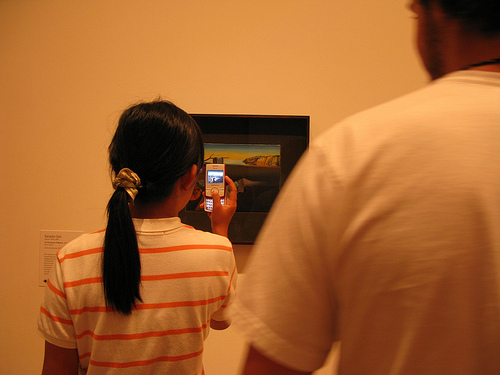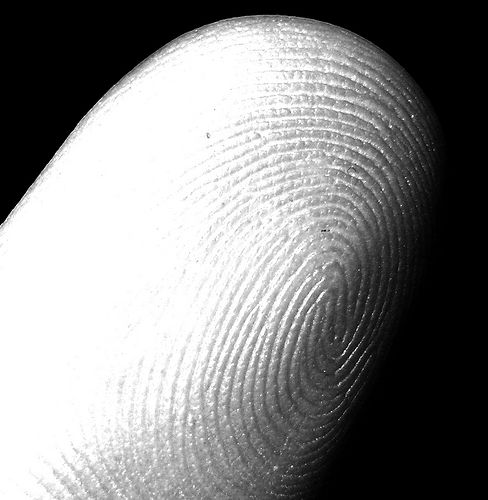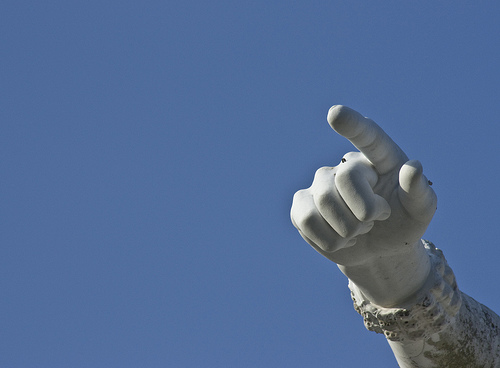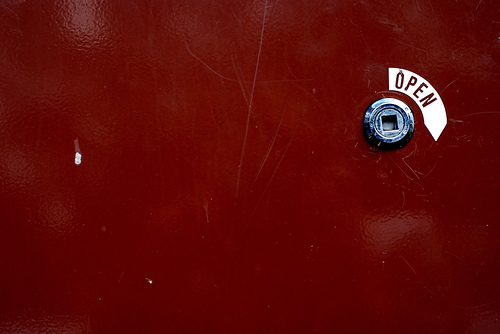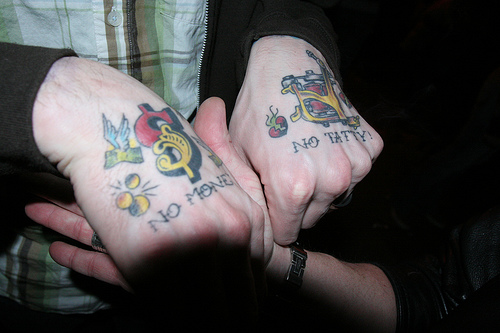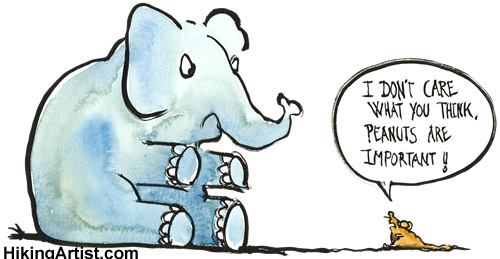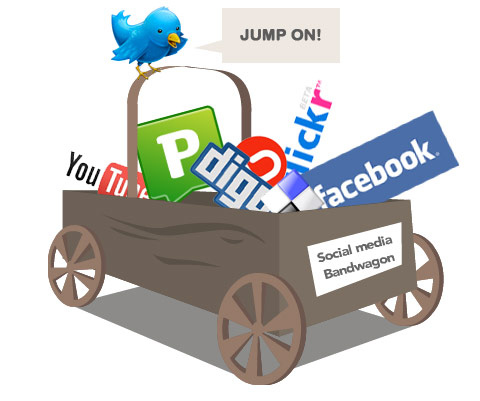"Towering Clouds" by James Jordan
Nine months ago, when I first began interning here at CAMT, I spent a lot of my first couple of weeks filling in gaps in my knowledge, reading other blogs, trolling the web for information, making sure I was up to speed. On these forays I encountered much discussion of mystical-sounding "cloud computing."
Interestingly, for as little as this term tends to be understood, the concept is one that could cut costs and improve efficiency for organizations. Cloud computing, as Wikipedia will tell you, involves storing data offsite--no longer in a server room somewhere in your organization's building or on individual desktops, linked together by an intra-office network, but "out there," essentially in the clouds. If you want to get more in-depth, there are myriad resources online that delve into the subtleties of the definition of cloud computing. One example is that given by Ismael Ghalimi of the SociaMediaToday blog who writes that cloud computing is "predicated upon the sharing of a common infrastructure by multiple groups of users, often referred to as tenants. . . .Cloud Computing creates virtual slices of resources from clusters of servers and storage devices, perfectly sized to fit the specific needs of multiple users."
So...
If your organization stores publicity photos on Flickr so that the press and others can download high-resolution copies without you having to save them on your office computer or network and then send them, your are using cloud computing.
If you store and share documents in Google Docs so that you and others can access and edit them from anywhere, you are cloud computing.
If you upload videos to YouTube so that people can see your art in action, but don't post them on your website so that you don't use up too much bandwith, you're cloud computing.
If your website is hosted off-site, for example, by an organization like CAMT, you are cloud computing.
These are not the only examples of cloud computing, which is a concept that encompasses nearly every form of off-site data storage that you could imagine. Cloud computing may save your organization the (hefty) cost of purchasing its own server (and regular cost of replacing or maintaining that server), or free up space on the server it already uses. Companies like ADrive.com offer free and fee-based storage plans that enable your organization to upload, access, edit, and share files without having to use its own server or bandwith to do so. DivShare, another online hosting site, makes it possible for you to store your media on their servers but embed it in your webpages. This is all very cool, and it's easy to get swept up in the clamor for jumping on the cloud computing bandwagon.
With increased popularity of cloud computing, however, come reports of the dark lining to this silvery concept. Security is always of utmost concern when it comes to data--especially sensitive data--and when those files are being hosted off-site, on a server that is hosting hundreds of other users' data as well, there is a risk of security breach. This may be because the contract that your organization entered into allowed the service provider rights to your information, or it may be because of a malfunction in the server's security. Google experienced this in March of 2009 when a software bug meant that some users were granted access to documents that were never intended to be shared with them--and theirs with others. Or, in the case of last summer's Twitter hack, the company's usage of cloud storage meant that a hacker was able to easily and remotely access a plethora of sensitive documents.
A security breach is not the only risk that comes with cloud computing. As with any server, there is the chance of crashing, which can lead to inconvenience at best and irretrievable data loss at worst. For a recent example, see autumn's Sidekick phone crash, which affected all users of T-Mobile Sidekick phones and completely wiped out any information stored in their phones. The counter to this fear about the cloud is that, no matter where your organization stores its data, the data should always be backed up. This may mean that your organization has two cloud-based copies of all data, one for regular usage and one to back up the first cloud. Or perhaps your organization operates out of a cloud, but has all of that data backed up in the office. Conversely, your organization may have its own server, but use the cloud as a backup in the event of a malfunction.
Cloud computing is a powerful development in the way we can store and share data, and organizations would do well to examine the ways that utilizing the cloud may help cut costs. But this is not an experiment that should be taken lightly. Definitely ensure that your organization fully understands any contracts that are involved and who retains ownership of any data being stored offsite. And, it bears repeating, regardless of where you store it, regularly back up your organization's data.



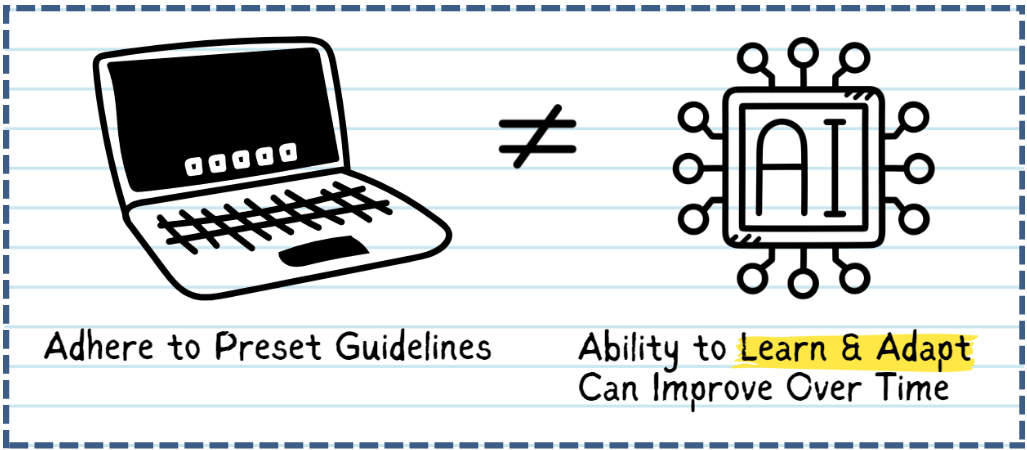



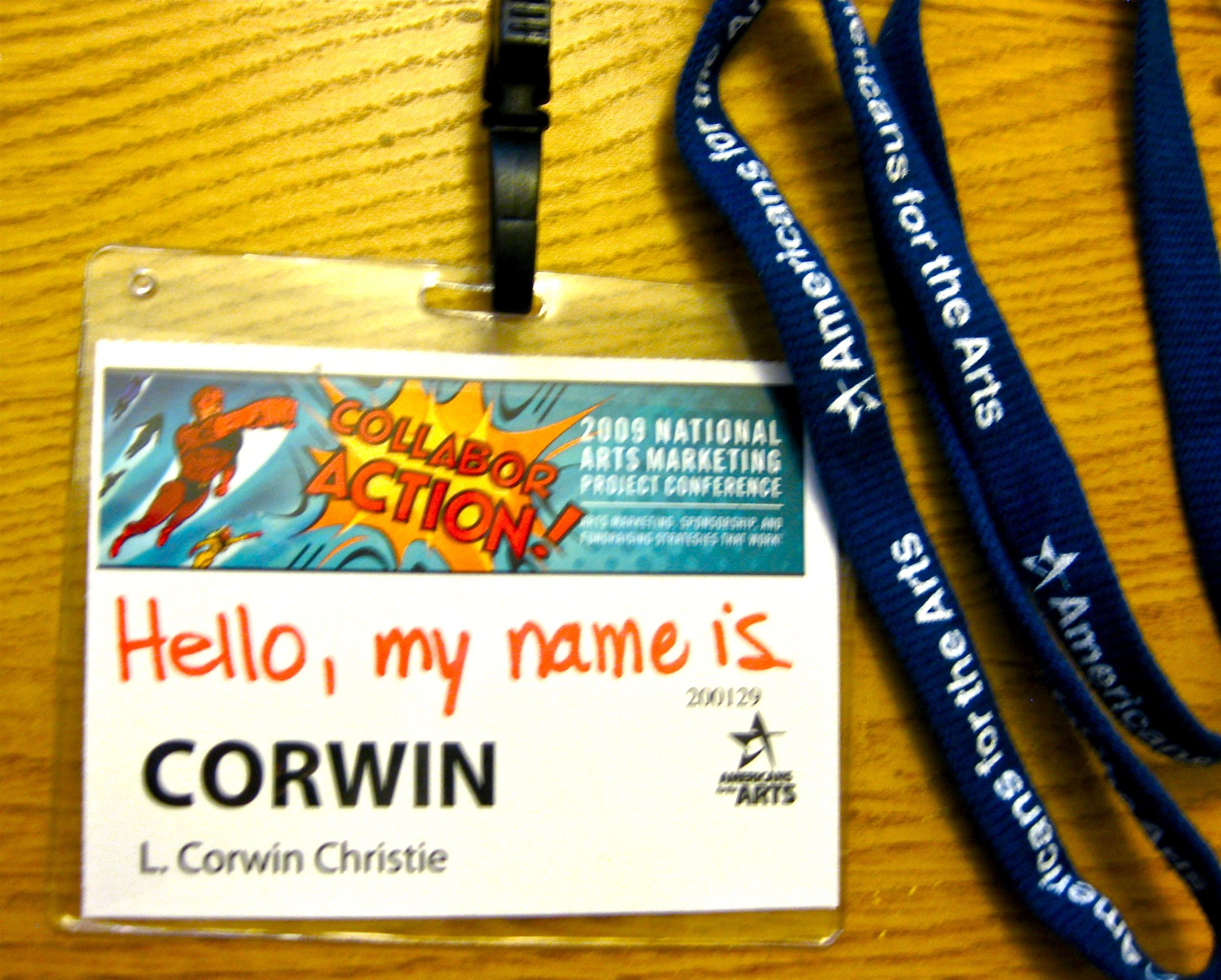

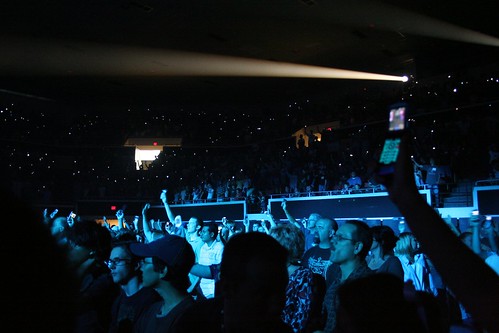
 In the almost ten years that the Future of Music Coalition has existed, we’ve seen tremendous changes in the way musicians go about reaching and cultivating fans. Perhaps the biggest development in our decade on the scene is in how artists are using the internet.
In the almost ten years that the Future of Music Coalition has existed, we’ve seen tremendous changes in the way musicians go about reaching and cultivating fans. Perhaps the biggest development in our decade on the scene is in how artists are using the internet.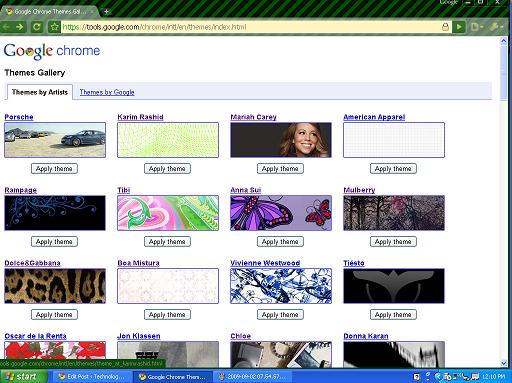 A few months ago I wrote
A few months ago I wrote 